
Hyundai Xcent | Road Test Review
- May 23, 2017
- Views : 12944

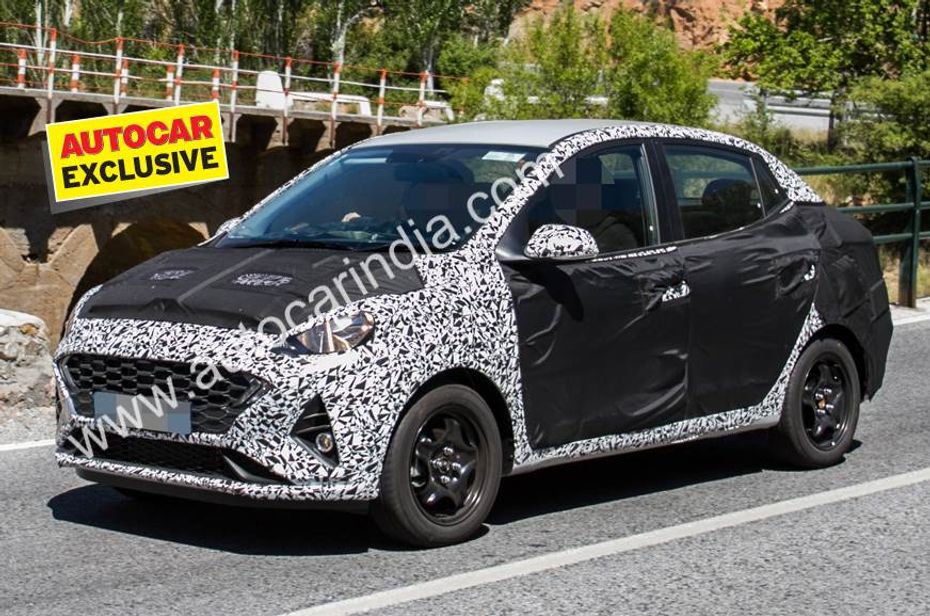
After successfully wrapping up the Venue project, Hyundai is now hard at work with its compact sedan, the Xcent. The 2020 Hyundai Xcent has been spied testing in Europe. Based on the next-gen Grand i10 (which is undergoing rigorous testing in India), this is the first major update for the compact sedan since its launch in 2014. The last update for the Xcent was in April 2017 when the compact sedan received a facelift.
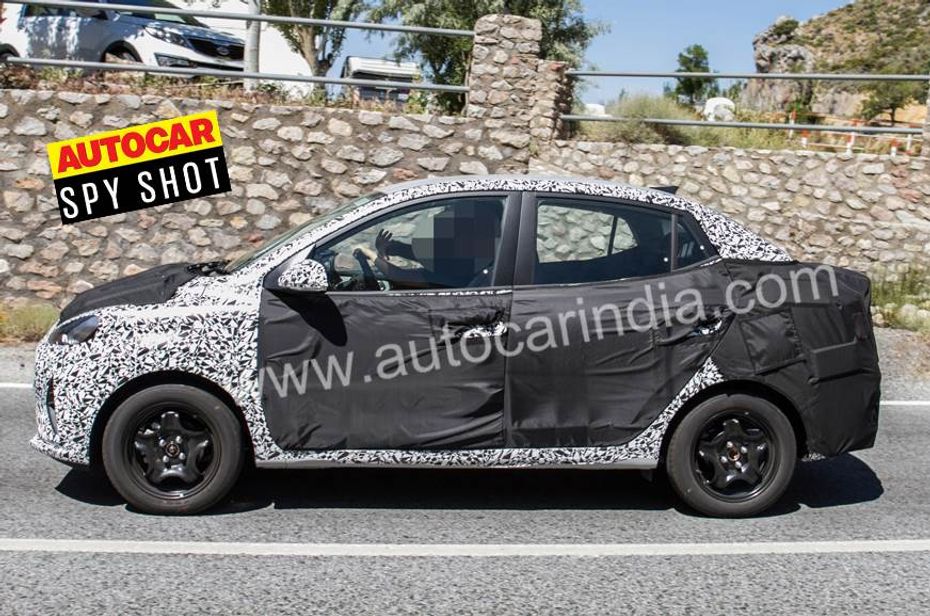
The spy shots reveal that the styling of the Xcent facelift is more of an evolution as the basic silhouette is almost the same. Dominating the front is Hyundai’s cascading grille that’s now bigger and features honeycomb inserts. The headlamps now look sharper and the fog lamps which are projector units, are placed in a triangular housing just like recent Hyundai sedans. In profile, the Xcent facelift looks almost the same as the current model. The spied test mule was not a sub-4 metre sedan as European markets do not have that restriction, but it will tuck under the 4m mark when launched here. At the rear, the Xcent facelift gets LED tail lamps. The number plate has also been moved to the rear bumper a la the Ford Aspire.
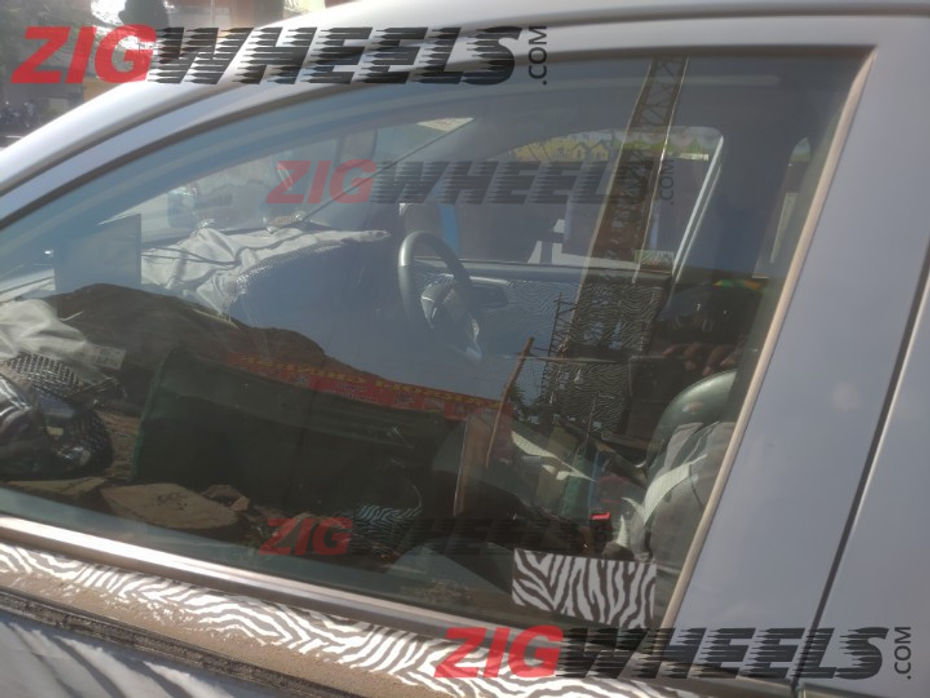
Note: Next-gen Grand i10 interior used for representational purpose.
The interiors of the Xcent are still under wraps. But we expect it to be largely similar to the next-gen Grand i10 that has been spied on our roads. The Xcent is also expected to feature the floating infotainment system seen in the Venue. Expect new features like Apple CarPlay and Android Auto for the infotainment, a few features of the Blue Link connected tech from the Venue and cruise control in the new Xcent too.
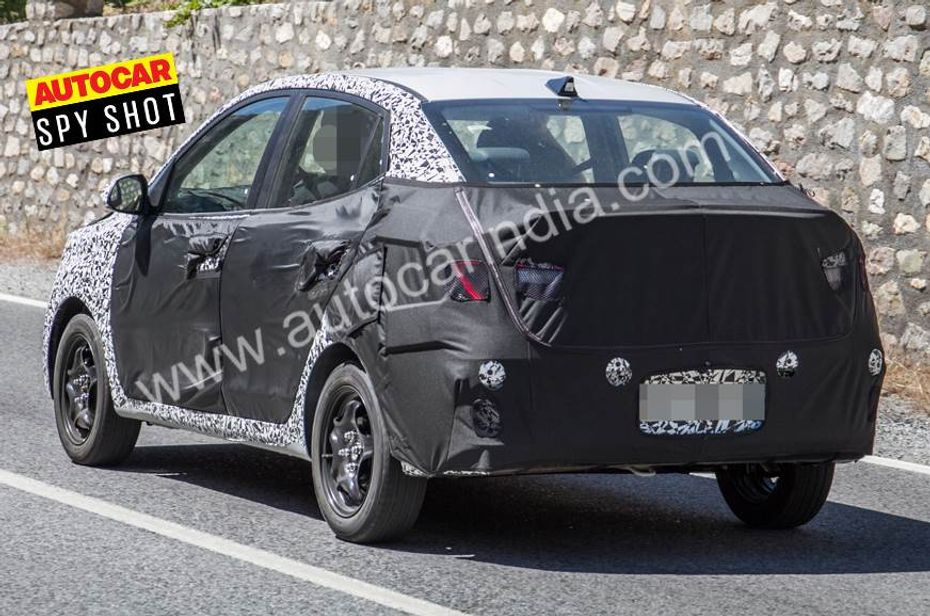
Under the hood, the 2020 Xcent is likely to carry forward the pair of 1.2-litre diesel and petrol engines, albeit upgraded to meet the upcoming BS6 emission norms. The petrol engine produces 83PS and 114Nm, while the diesel churns out 75PS and 190Nm. While both the engines come mated to a 5-speed MT, the 4-speed torque converter AT in the petrol might be ditched in favour of the 5-speed AMT from the Santro, as AMTs are more cost efficient. It remains to be seen whether Hyundai introduces a CNG variant of the new-gen model.
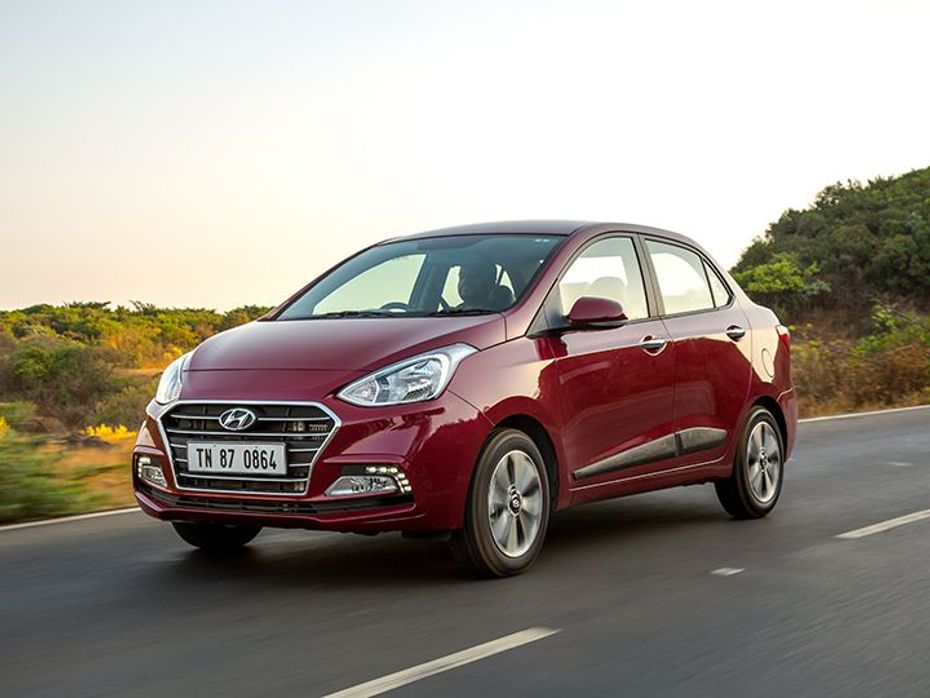
Note: Current-gen Xcent used for representational purpose.
The next-gen Xcent is expected to debut at the 2020 Auto Expo and will most likely hit roads soon after that. It is also expected to be priced slightly more than the current sedan because of the new platform and BS6-compliant engines. Prices for the current sedan start from Rs 5.72 lakh and go up to Rs 8.77 lakh (ex-showroom Delhi). The Xcent rivals the likes of the Ford Aspire, Maruti Suzuki Dzire and the Honda Amaze.

Hyundai Xcent | Road Test Review

BREAKING: The Hyundai Xcent Is Set To Get A Cleaner And Greener CNG...

Hyundai Xcent: ABS Is Now Standard!

Hyundai Xcent : Old vs New

2017 Hyundai Xcent Facelift: 5 Things You Must Know

Hyundai Xcent facelift launched at Rs 5.38 lakh

Hyundai Xcent Facelift Launching Today

Launching Tomorrow: Hyundai Xcent Facelift

2017 Hyundai Xcent - 5 Things To Know
 Tata Tigor
Tata Tigor
India's largest automotive community
 Hyundai Creta
Rs. 11.10 Lakh
Hyundai Creta
Rs. 11.10 Lakh
 Hyundai Venue
Rs. 7.94 Lakh
Hyundai Venue
Rs. 7.94 Lakh
 Hyundai Verna
Rs. 11.07 Lakh
Hyundai Verna
Rs. 11.07 Lakh
 Hyundai Creta Electric
Rs. 17.99 Lakh
Hyundai Creta Electric
Rs. 17.99 Lakh
 Hyundai i20
Rs. 7.04 Lakh
Hyundai i20
Rs. 7.04 Lakh
 Maruti Dzire
Rs. 6.79 Lakh
Maruti Dzire
Rs. 6.79 Lakh
 Hyundai Verna
Rs. 11.07 Lakh
Hyundai Verna
Rs. 11.07 Lakh
 Toyota Camry
Rs. 48.00 Lakh
Toyota Camry
Rs. 48.00 Lakh
 Hyundai Aura
Rs. 6.54 Lakh
Hyundai Aura
Rs. 6.54 Lakh
 Honda Amaze
Rs. 7.99 Lakh
Honda Amaze
Rs. 7.99 Lakh